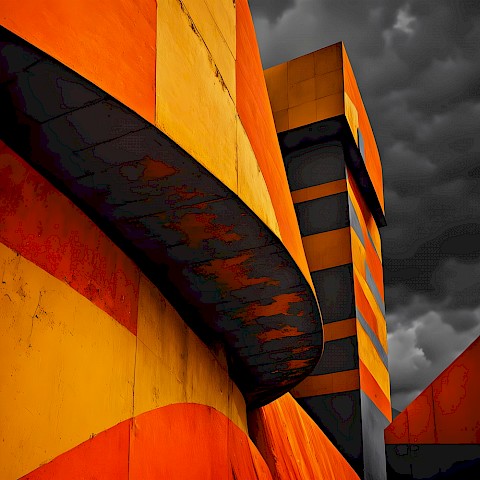|
31 III 2025 |
9. Petworth 1828-37
329 - A Ship Aground | |

| ||
|
These works were painted in connection with the four more finished pictures designed to hang below the fulllength seventeenth-century portraits in the panelled Grinling Gibbons room at Petworth. Evidence recently discovered by John Gage, but not yet published, shows that two of the finished pictures were in situ by 1828, a year or so earlier than the group has hitherto been dated, and he has also shown that Lord Egremont had interests in both the Chain Pier at Brighton, which was opened in 1823, and Chichester Canal, from which he withdrew his money in 1826. The finished pictures, still at Petworth but now hung more accessibly in another room, follow the first four with minor changes of detail, which also tends to be more clearly defined. Extra animals have been added in the foreground of 'Petworth Park', including a pair of fighting bucks, and there is a cricket match going on behind the deer on the left; the scene of the dogs rushing out to meet their master is omitted. Turner also introduced deer drinking into the right-hand side of 'The Lake, Petworth', and swans on the left. Similarly, he added the debris on the beach in the foreground of The Chain Pier, Brighton'. The least altered is 'Chichester Canal' but here, as in ‘Petworth Park', the great arch of the sky, almost as tangible as the answering sweep of the foreground below, has been tamed and looses its weight in the composition. Nor, in 'Chichester Canal and 'The Lake, Petworth', does the setting sun cut so markedly (and with optical correctness) into the horizon as in the sketches. In general it may be said that the final pictures represent a taming and a prettification of the original versions. John Gage has suggested (1969, p.260, n.91) that the Tate sketches were originally painted for the setting at Petworth but turned out to be too large, but, although the finished version of 'The Lake' is appreciably shorter, the differences between the others are not very large and the final view of No.325 is if anything longer. It may therefore be that Lord Egremont, used to Turner's earlier style, found the sketches now at the Tate Gallery too freely painted for his taste. The sketch of 'A Ship Aground' was not used at Petworth but seems to lie behind two paintings exhibited at the Royal Academy in 1831, 'Fort Vimieux' and, to a lesser extent, Life-boat and Manby Apparatus' (Nos.510 and 509). Here the setting sun adds to the melancholy desolation of the scene. There are related compositions among the Petworth gouaches on blue paper but these were probably done independently, perhaps later (T.B.CCXLIV-2, 3 and 7 are especially close; see No.342). An image generated by an AI Machine Learning Model Property of the artist. | ||
